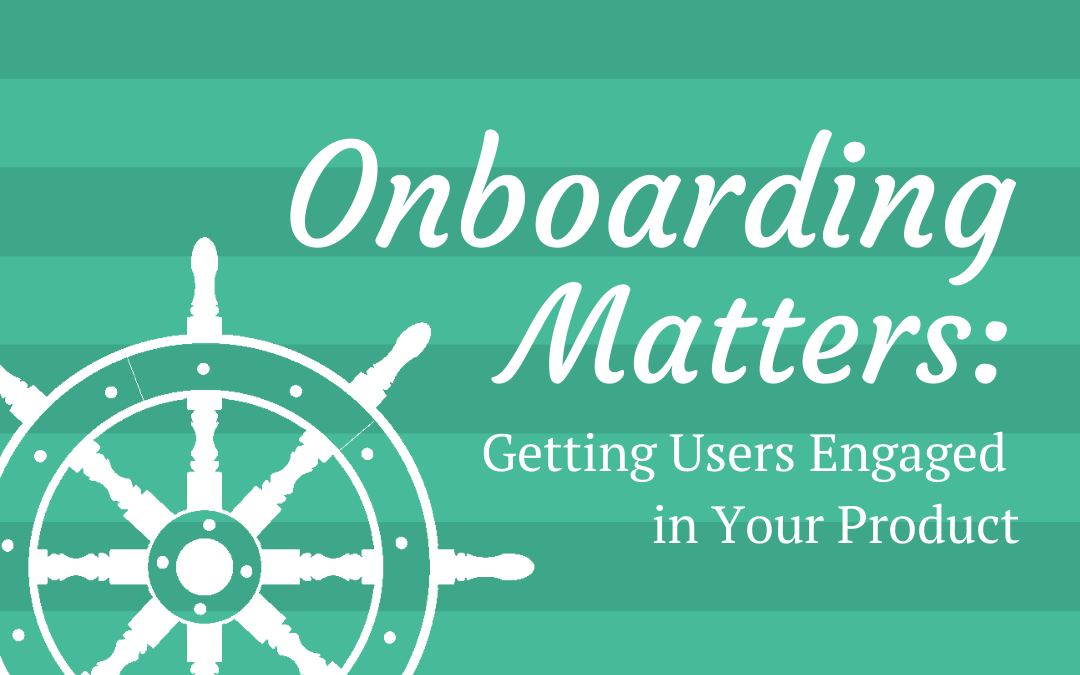Curated by Josh Elman, Venture Partner at Greylock, where he led investments in Medium, Discord, Jelly, Mammoth Media, and other companies. Previously, Josh was an early employee of LinkedIn, launched Facebook Connect while at Facebook, and helped Twitter grow its user base nearly 10x.
The moment someone interacts with your product for the first time is incredibly important for their understanding of how it works and what they expect from it. Most products try to rush this process to get you immediately into the product. This often fails — since most products are actually hard to use and aren’t really set up correctly for the new user.
Instead, the best onboarding flows help the user learn what to expect and how to use the product. Having worked on the early days of building LinkedIn, Facebook Connect, and Twitter, I’ve seen a number of different approaches to growth. I’ve included a few links to help you learn more about getting users activated on your product. As you’ll see, by putting as much focus on onboarding as you do on your core product, you’ll see meaningful impact.
In this article, the Intercom team outlines key elements of onboarding that can help you educate and convert new users. Sections 4 and 5 are my favorites around taking the user step by step through your product so they end up set up well.
Watch this video of me sharing stories from early LinkedIn and Twitter on how we addressed growth. In the Twitter “Learn Flow” section, I talk specifically about how we rebuilt the sign up flow to ask the user to take specific actions around each one of the core concepts of using Twitter: Tweets, Following, following key news / entertainment categories, following friends. Teaching users about Twitter as they signed up had a significant impact on the overall growth.
Think about the key steps and concepts you would want to teach someone to get the most value out of your product long term. Sketch how you would design a couple of steps for onboarding – one per slide.
This website does a great job breaking down the onboarding flows of many top products today. Go through many of the tear downs and copy down your favorite tactics and ideas that you want to apply to your product.
Go back through your own product or favorite product not listed and create your own teardown. What steps feel like too much, what important steps do you think you are missing?
I wrote this blog post to help people focus on the most important metric of active users. As you build onboarding, you should focus on how many people you convert and activate into key behaviors — as evidenced by the core metric.
What core metrics would you use to describe your product and how well people really use it?
Other Product Psychology Lessons
- Building Community Starts with Understanding People
- When Persuasion Becomes Deception
- Mastering Pricing Principles
- A Handy Behavioral Design Toolkit
- Onboarding Matters – Getting Users Engaged in your Product
- Dual Process Theory: Is Your Product the Elephant or the Rider?
- Web Psychology – The Science of Online Persuasion
- Developing User Empathy with Design Sprints
- Want To Be A Game Psychologist? What You Need to Know
- How to Do Effective User Research
- Context Driven Design (The “Context Effect”)
- Writing Copy for Your Reader’s Brain
- Designing Habit-Forming Products
- Games, Play, and Motivation
- How Scarcity & Impatience Drive Irrational User Behavior
- Should You Listen To Your Users or Your Data?
- Emotional Engagement – Designing with the Heart in Mind
- Product Psychology: The 3 Things Everyone Should Know About

